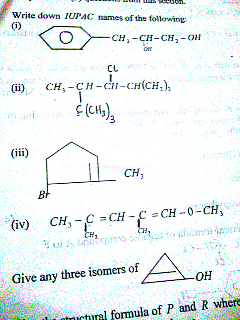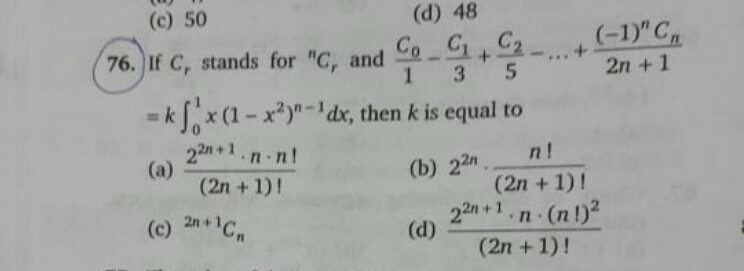
AllQuestion and Answers: Page 1352
Question Number 77990 Answers: 2 Comments: 0
Question Number 77988 Answers: 1 Comments: 1

Question Number 77987 Answers: 0 Comments: 0

Question Number 77966 Answers: 1 Comments: 0

Question Number 77965 Answers: 1 Comments: 9
Question Number 77962 Answers: 1 Comments: 2
$$\int\frac{{dx}}{\mathrm{1}+\left({tan}\left({x}\right)\right)^{\sqrt{\mathrm{2}}} }\:{dx} \\ $$
Question Number 77960 Answers: 0 Comments: 3
$$\int\:\frac{\mathrm{2}{x}^{\mathrm{3}} −\mathrm{1}}{{x}^{\mathrm{4}} +{x}}\:{dx}? \\ $$
Question Number 77959 Answers: 2 Comments: 0
Question Number 77953 Answers: 2 Comments: 0
Question Number 78012 Answers: 1 Comments: 3
Question Number 77918 Answers: 1 Comments: 1
Question Number 77915 Answers: 1 Comments: 0
Question Number 77902 Answers: 0 Comments: 8

Question Number 77897 Answers: 1 Comments: 5
Question Number 77891 Answers: 0 Comments: 0

Question Number 77890 Answers: 0 Comments: 0

Question Number 77887 Answers: 1 Comments: 0
$$\int\frac{{e}^{{sinh}\left({x}\right)} }{{cosh}\left({x}\right)}\:{dx} \\ $$
Question Number 77886 Answers: 0 Comments: 1
Question Number 77885 Answers: 2 Comments: 0
Question Number 77883 Answers: 1 Comments: 7

Question Number 77881 Answers: 0 Comments: 5

Question Number 77879 Answers: 0 Comments: 0
$$\int_{\mathrm{1}} ^{\infty} \frac{\mathrm{1}}{\sqrt{{x}^{\mathrm{3}} +\mathrm{5}}}\:{dx} \\ $$
Question Number 77872 Answers: 2 Comments: 6
Question Number 77889 Answers: 0 Comments: 2
Question Number 77864 Answers: 1 Comments: 1

Question Number 77859 Answers: 2 Comments: 1
$${y}\:=\:\mid{x}\mid\:^{\mid{x}\mid} \:\: \\ $$$$\frac{{dy}}{{dx}}\:=\:? \\ $$
Pg 1347 Pg 1348 Pg 1349 Pg 1350 Pg 1351 Pg 1352 Pg 1353 Pg 1354 Pg 1355 Pg 1356
